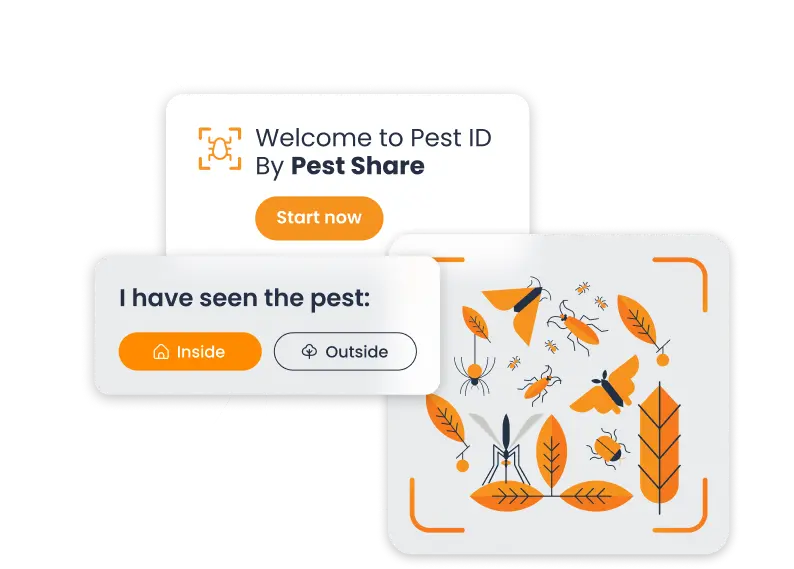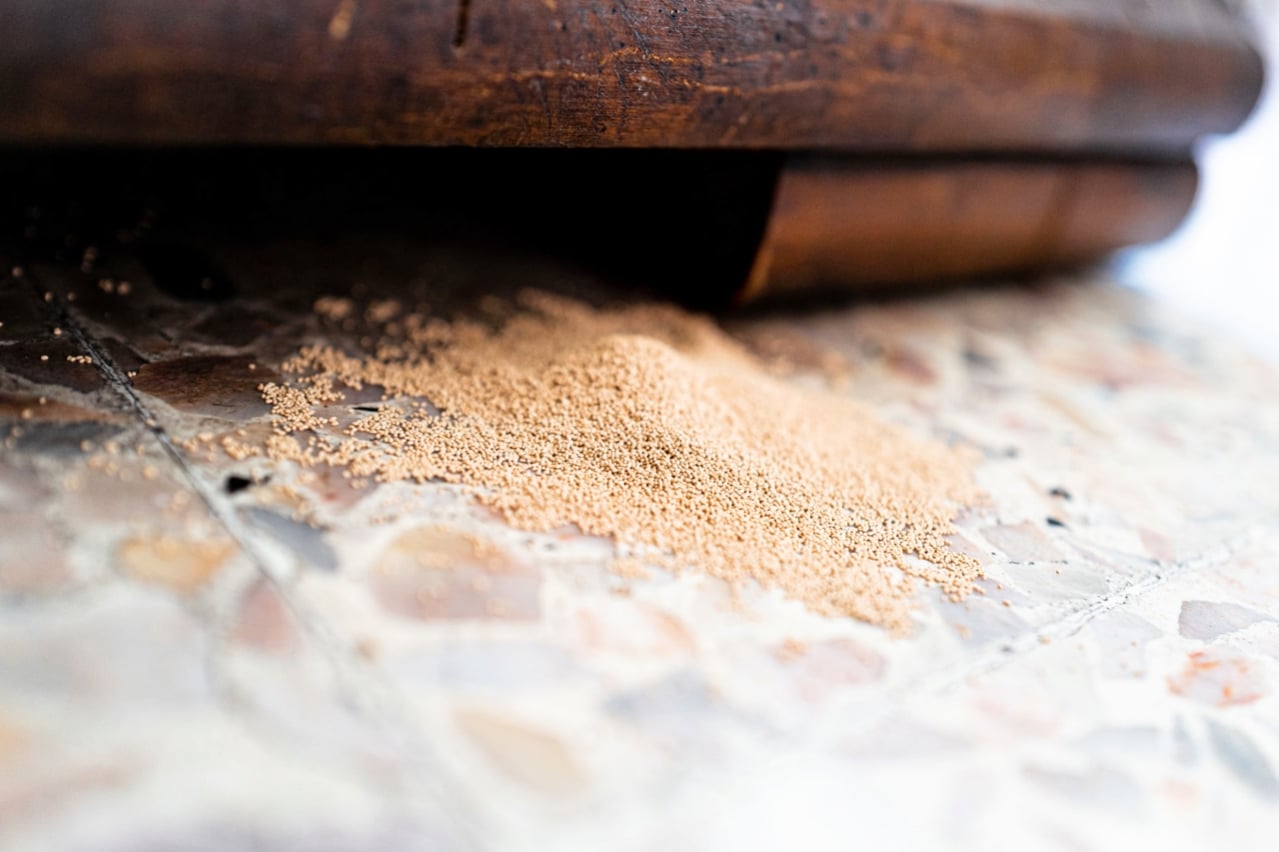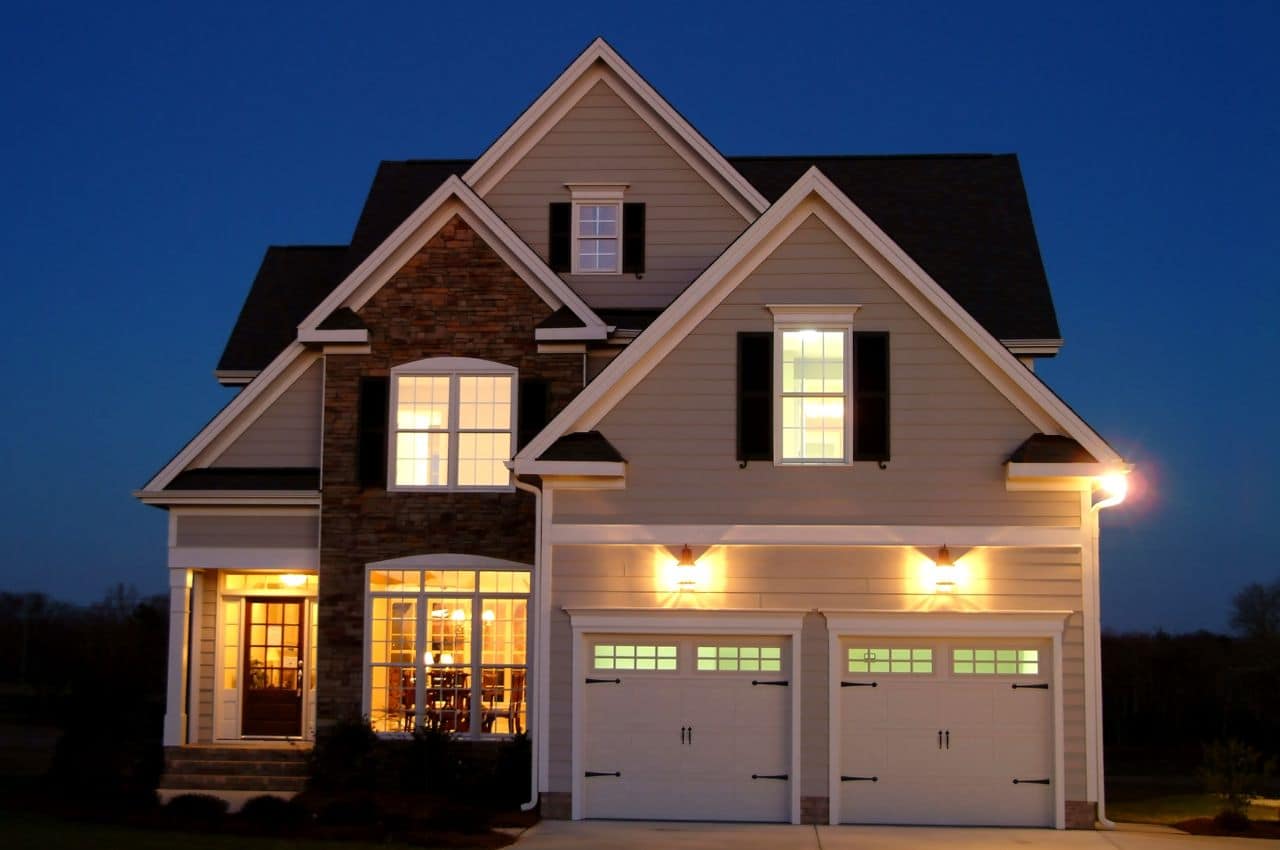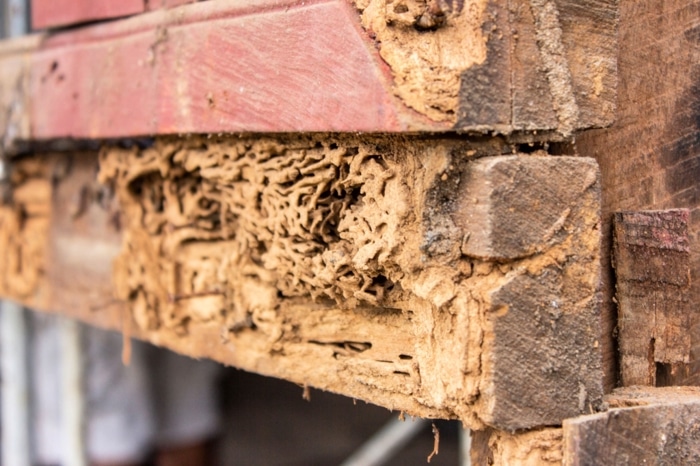Imagine investing in the home of your dreams in the vibrant city of Las Vegas, only to discover it’s under siege by an invisible enemy: termites. These silent destroyers can cause havoc without a visible trace until the damage is significant. Las Vegas, with its unique desert climate, is not immune to this threat. Homeowners in this bustling city need to be aware of the risk termites pose and how to effectively combat them.
Termites in Las Vegas: A Hidden Threat
Las Vegas, known for its glittering lights and entertainment, is also home to a less glamorous resident: termites. Despite the arid climate, these pests find ways to thrive, silently gnawing away at the wooden structures of homes and buildings. Understanding the threat they pose is crucial for homeowners. Termites are not just a minor nuisance; they can weaken the structural integrity of a property, leading to costly repairs and decreased home value.
The presence of termites in Las Vegas homes is often unnoticed until substantial damage has occurred. They primarily feed on wood, but can also damage paper, books, insulation, and even swimming pool liners and filtration systems. This broad diet allows them to thrive in various parts of a house, often hidden from sight. The climate of Las Vegas, with its hot summers and mild winters, creates an environment where termites can remain active year-round, exacerbating the potential for damage.

Smarter Pest Control, Fewer Headaches.
Are There Termites in Las Vegas?
A common question among many homeowners and prospective buyers in Las Vegas is whether termites are a real concern in the region. The answer is unequivocally yes. Las Vegas is not exempt from these wood-destroying insects. The area predominantly faces issues with subterranean termites, known for building their colonies underground and creating mud tubes to access food sources above ground. These termites pose a significant threat to properties, particularly those with wooden structures or components.
The misconception that Las Vegas homes are immune to termite infestations likely stems from the city’s desert location. However, human activities, such as landscaping and irrigation, create moist environments ideal for termite colonies. Additionally, the expansion of urban areas into the natural habitats of termites increases the likelihood of infestations. As Las Vegas continues to grow, the interaction between termites and human-inhabited areas becomes more prevalent, highlighting the need for awareness and preventative measures.
Understanding the Termite Species in Nevada
Nevada, including Las Vegas, is predominantly affected by subterranean termites, particularly the Western Subterranean Termite. This species is known for causing the most damage to wooden structures in North America. These termites build distinctive mud tubes for shelter as they travel between their underground colonies and food sources. These mud tubes are often the first sign of an infestation.
Drywood termites are also found in Nevada, though they are less common than their subterranean counterparts. Unlike subterranean termites, drywood termites do not require contact with the soil and can infest isolated wooden structures. They often enter homes through exposed wood or infested furniture and can cause extensive damage over time.
Recognizing the specific species of termite present is crucial for effective treatment. Each species has unique behaviours and preferences, influencing the approach to control and prevention. For instance, treatments that are effective against subterranean termites may not be as successful against drywood termites, and vice versa. Homeowners and pest control professionals in Las Vegas must be well-versed in the habits and characteristics of these termites to effectively protect properties from damage.
Do We Have Termites? Identifying the Signs

Homeowners often face the challenge of identifying termite activity, as these pests work discreetly. Key indicators of an infestation include mud tubes on exterior walls, which subterranean termites use for travel. Wood that sounds hollow when tapped can signal that termites are feasting inside. Other signs include discarded wings near doors or windows, indicating termite swarms looking to establish new colonies. Drywood termites, while less obvious, leave behind a fine, sawdust-like frass (termite droppings). Regular inspections around the home for these signs are vital in early detection, crucial for limiting the extent of damage.
The Impact of Termites on Las Vegas Properties
Termites in Las Vegas homes can cause extensive and costly damage if not detected early. Subterranean termites, the more destructive species, can compromise the structural integrity of a building by eating through support beams, flooring, and walls. Drywood termites, although slower in causing damage, can still inflict significant harm to wooden furniture and structures. The financial implications of termite damage can be staggering, often not covered by homeowners’ insurance. Beyond the monetary cost, there’s also the emotional toll of dealing with a termite infestation, which can be stressful and disruptive to daily life.
Preventive Measures for Las Vegas Homes
Prevention is always better than cure, especially regarding termites in a city like Las Vegas. Homeowners can take several steps to make their property less attractive to termites. Removing or reducing moisture sources, such as leaky pipes and improper drainage, is crucial, as termites thrive in moist environments. Keeping wood, such as firewood or lumber, away from the home’s foundation helps reduce the risk of attracting termites. Regular inspections by pest control professionals can catch early signs of termites, preventing significant infestations. Sealing cracks and openings in the foundation and around utility lines can deter termite entry, especially for drywood termites that don’t need soil contact.
Effective Termite Treatment Options
When termites are detected, effective treatment is essential. For subterranean termites, treatment typically involves soil-applied liquid termiticides, which create a chemical barrier to kill termites and protect the home. Bait systems are another option, attracting termites to feed on poisoned bait, which they then carry back to the colony, leading to its collapse. For drywood termites, localised treatments such as spot wood treatment or foam applications can be effective, targeting infested areas directly. Fumigation is a more extensive treatment method, involving tenting the entire home and applying gas termiticide, particularly useful for widespread drywood termite infestations.
Each treatment method has its advantages and considerations, and the choice largely depends on the type of termite, the extent of the infestation, and the structure of the home. Professional pest control services can provide valuable guidance and implement the most suitable treatment strategy. Homeowners should ensure that the chosen pest control provider is experienced in dealing with the specific termite species prevalent in Las Vegas.
Integrated Pest Management for Termites
Integrated Pest Management (IPM) is a holistic approach to termite control, combining various methods to minimise infestation risks. This strategy includes regular inspections, habitat modification, and the use of biological controls, alongside chemical treatments. IPM focuses on creating an environment less conducive to termite infestations, thereby reducing the need for chemical interventions. This approach is particularly effective in Las Vegas, where environmental factors play a significant role in termite activity. Homeowners and pest control professionals can work together to implement IPM, ensuring a sustainable and effective solution to termite problems.
Long-term Strategies to Keep Termites at Bay
Maintaining a termite-free home requires ongoing effort and vigilance. Long-term strategies include regular professional inspections, typically once a year, to catch any early signs of termite activity. Homeowners should also stay vigilant for signs of termites, such as mud tubes or hollow-sounding wood. Keeping the home’s foundation dry, ensuring proper ventilation in crawl spaces, and routinely checking for water leaks are crucial preventive measures. Wood-to-ground contact should be minimised, and any cellulose-based debris or mulch should be kept away from the home’s perimeter. By adopting these practices, homeowners can significantly reduce the likelihood of termite infestations over time.
Conclusion
Termites pose a silent but significant threat to Las Vegas homes. Understanding the signs of infestation, the impact of these pests, and the various treatment and prevention strategies are key to winning this battle. Implementing an Integrated Pest Management approach and maintaining long-term prevention practices are essential steps in safeguarding homes against termites.
Remember, staying ahead of termites is a continuous process. If you suspect a termite problem or want to ensure your home is protected, don’t hesitate to reach out to a pest control professional. Take action today to secure the health and longevity of your Las Vegas home against the silent threat of termites.





